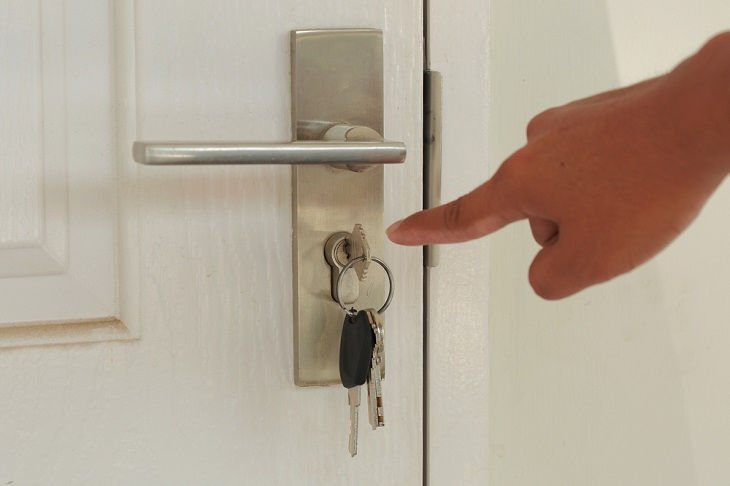A Brief Overview of Thermoplastic Road Marking and Its Benefits
- ameliya lanne
- Mar 25, 2020
- 3 min read
Updated: 4 days ago
Most of the roads now have thermoplastic road marking or TRM. In most of the countries these markings are used since the 1950’s. However, it was first used in 1939 and 1944 during ‘blackouts.’ The TRM paint is defined as a solvent-free substance that is used for marking. It may come in three forms such as:
Blocks
Granular or
Powder.
Irrespective of the form used for thermoplastic road marking it is heated to a molten state. It is then transferred to a mechanical applicator to make the marking. On cooling, it forms a cohesive bond on the surface applied.

TRM paint material is used for making such marks because:
It is 100% solid
It is user safe and
It is environmentally friendly compound.
The TRM paints are specially made with a mixture that consists of different elements such as:
Pigments
Glass beads and
Filler.
All these are held together by a special binder made from resins and plastics and resins.
There is a specific composition to make a typical thermoplastic road marking paint. It needs to be accurate in range, weight and percentage of binder and material. The binder is typically made in 15 to 25% w that consists of:
8 to 15 hydrocarbon resin
1 to 5 plasticizer and
0 to 5 thermoplastic elastomers.
The filler is made in 75 to 85% w and consists of:
5 to 10 pigment made of ZnO or TiO2
20 to 40 extenders of CaCO3
15 to 20 glass beads and
20 to 40 aggregates.
All these become liquid at 200°C and solid in ambient temperatures. These do not contain any solvents can be applied at a speed of 5 km/h with a thickness ranging between 1.5 mm and 3 mm.
Benefits of it
It is due to the innumerable benefits that the thermoplastic road marking process is becoming more and more popular. It is the materials in it and the method of production that provides these benefits.
Safety benefits:
One of the most significant benefits of using thermoplastic road markings is that it promotes road safety. The thermoplastic markings are highly reflective. This makes it highly visible at night in bad weather conditions when the visibility is poor. This enables the traffic to maintain their designated lanes and prevent accidents.
Danger awareness:
The thermoplastic markings can be applied thicker. Layers of paint can be built up. This will create rumble strips. This will enable the drivers to receive physical feedback of the upcoming danger spots raising awareness. These alerts are sent through audible rumbling noise and noticeable vibrations. These will warn the drivers to check their speeds.
The durability factor and the variety of applications make the thermoplastic road marking process all the more beneficial and popular.
The technical specifications
The technical specifications of the TRM paint material make thermoplastic road marking so popular as well. The synthetic resin based thermosetting material come with better features as compared to other traditional cold paints. It is these specifications that ensure a wider scope of application as well as high performance. It can be applied on bituminous surface as well as cement concrete surface.
The specifications of TRM paint includes:
It comes in white and yellow colour
It has high cracking resistance
The softening point is above 980C
It takes about 15 minutes to dye and set
It has no less than 45 skid resistance and
Luminance at 450 at 65% minimum.
The coverage of the dry film thickness is of 2.5 mm and about 5 kg per square meter. Lastly, the composition properties, process conditions make the thermoplastic road marking so effective, if it is applied properly with adequate precautions.



















Comments